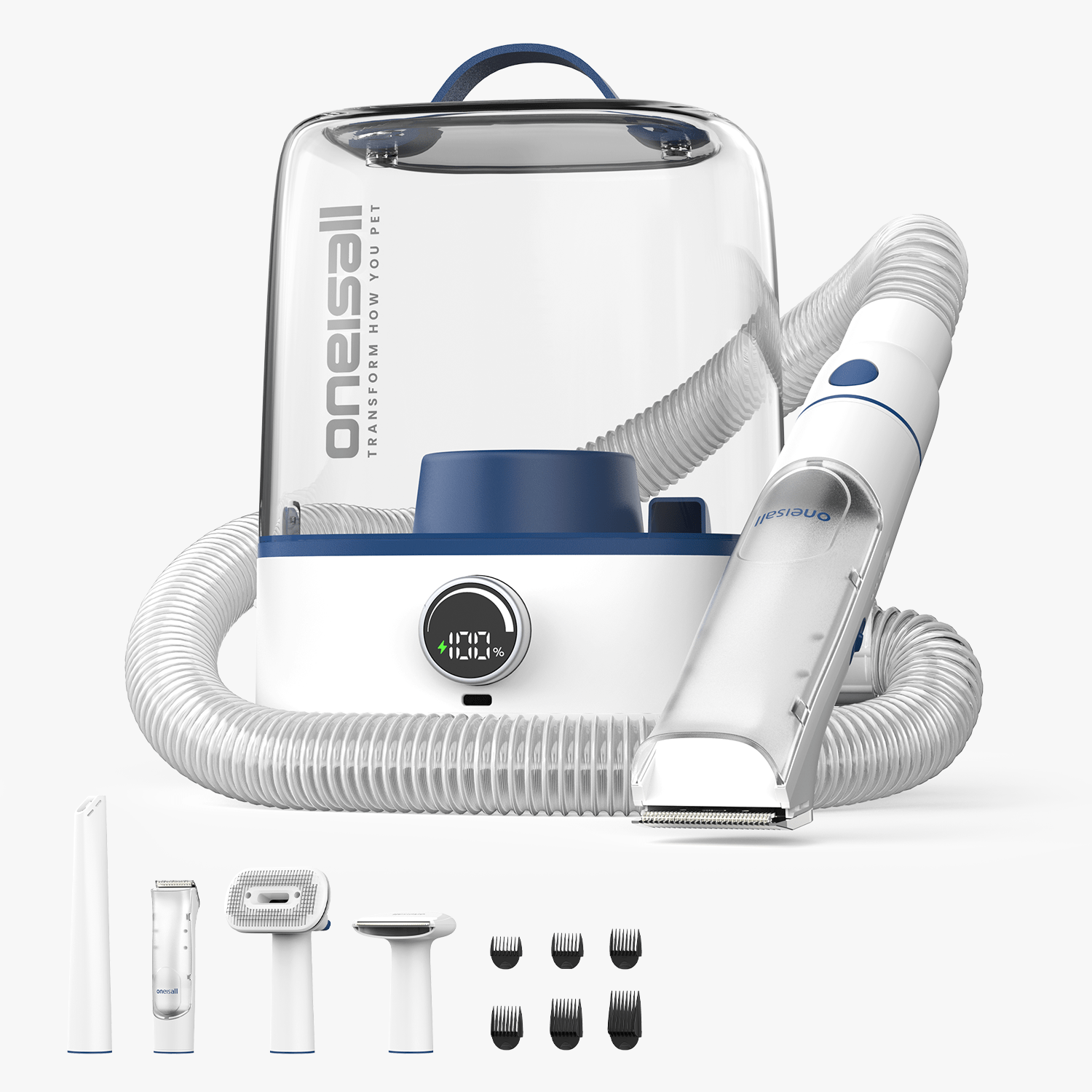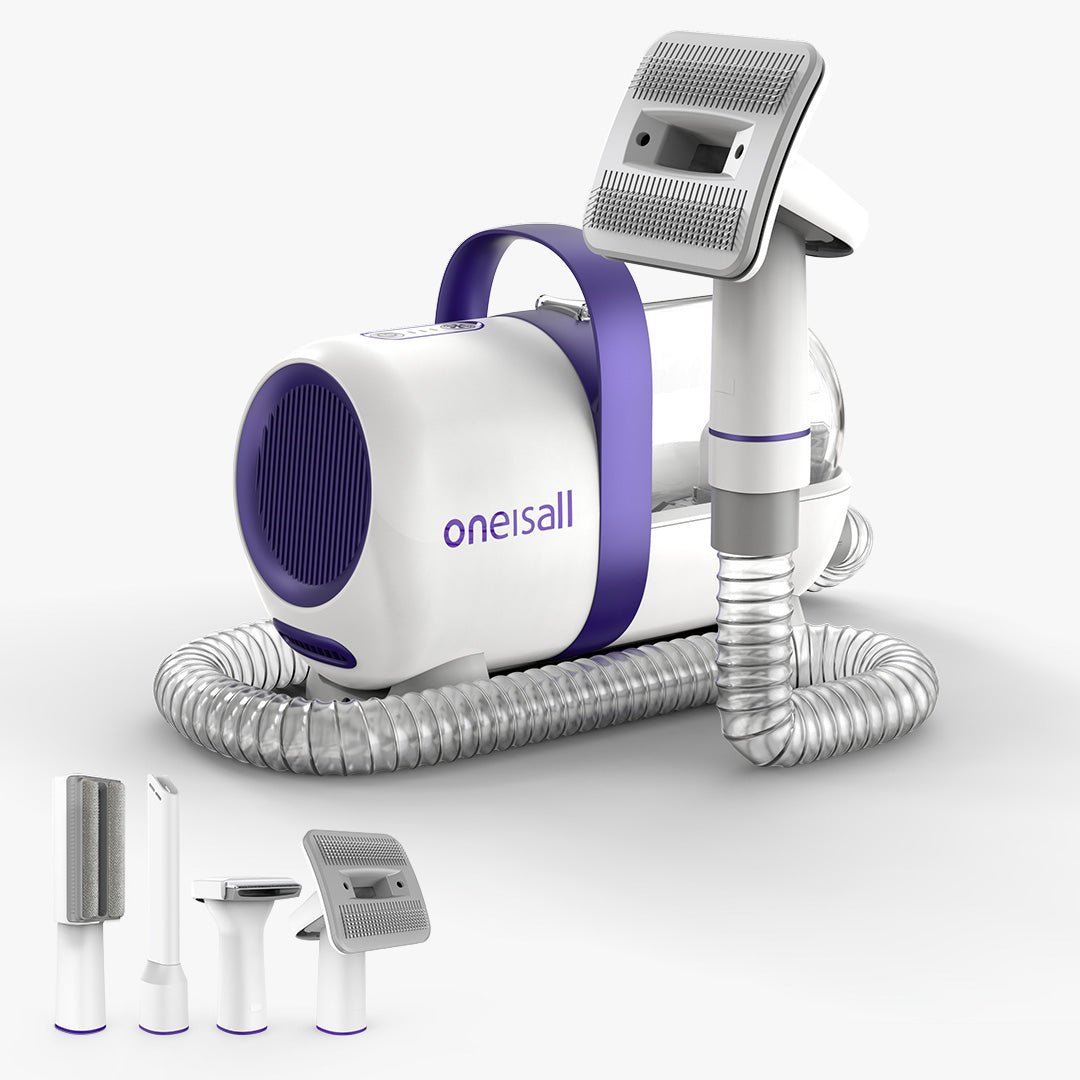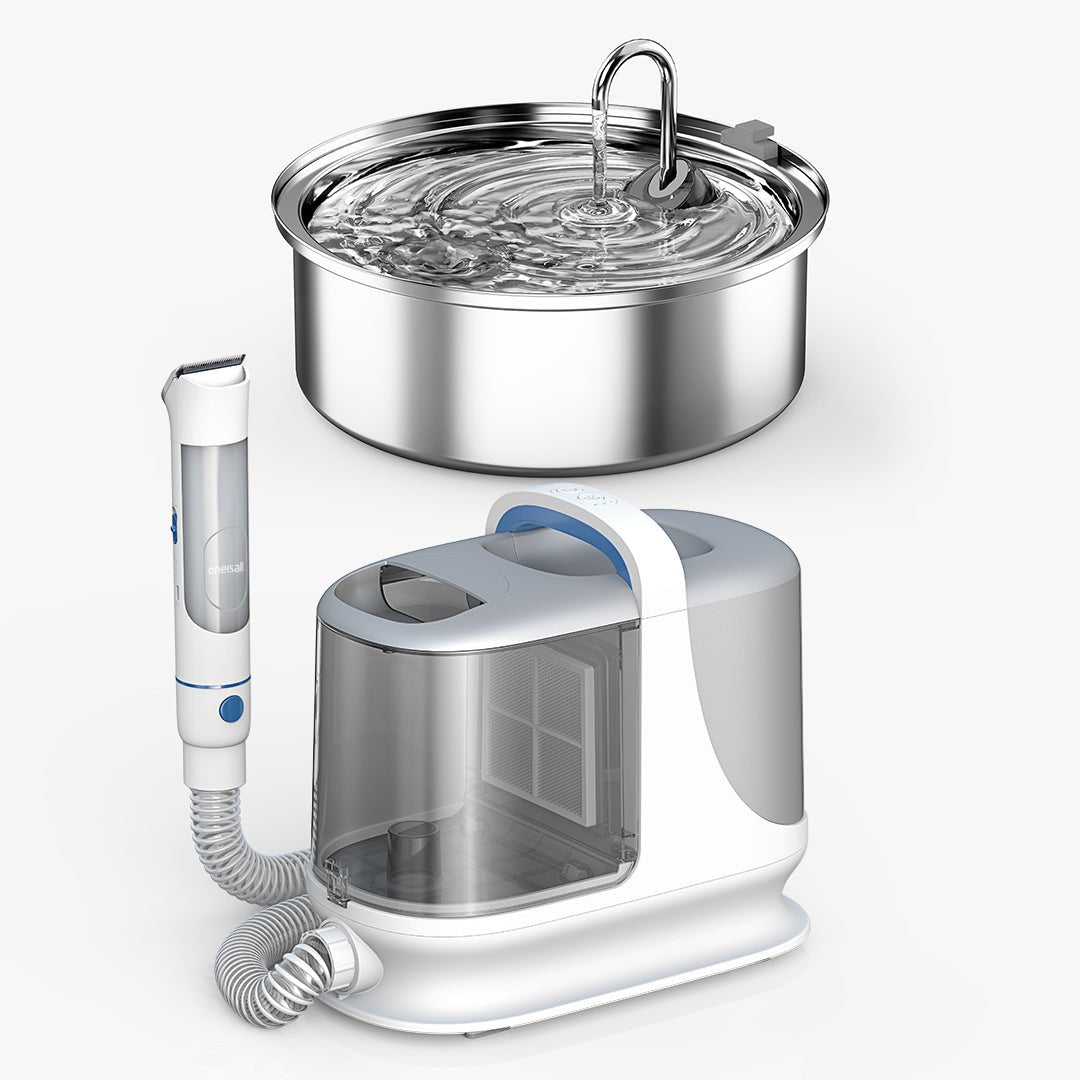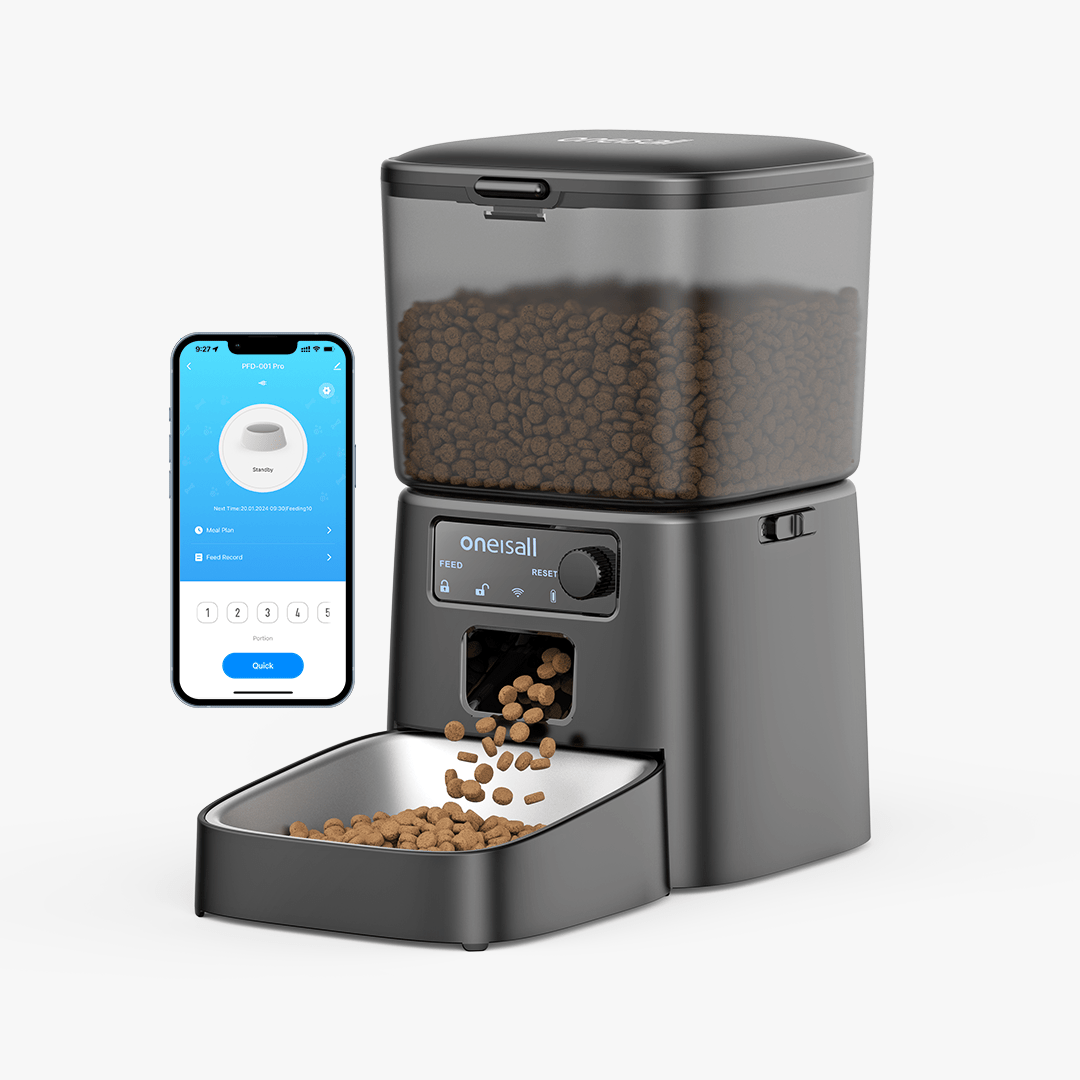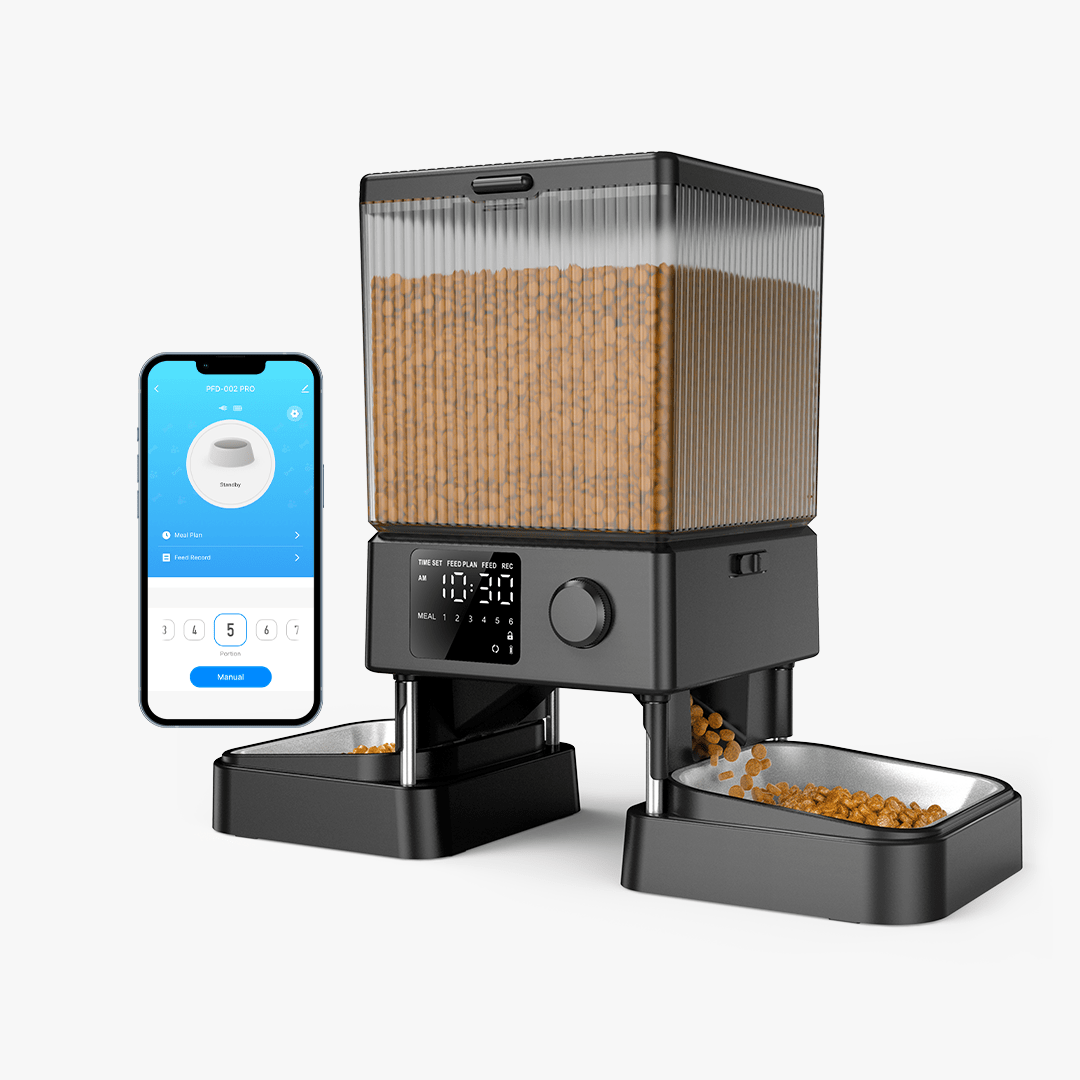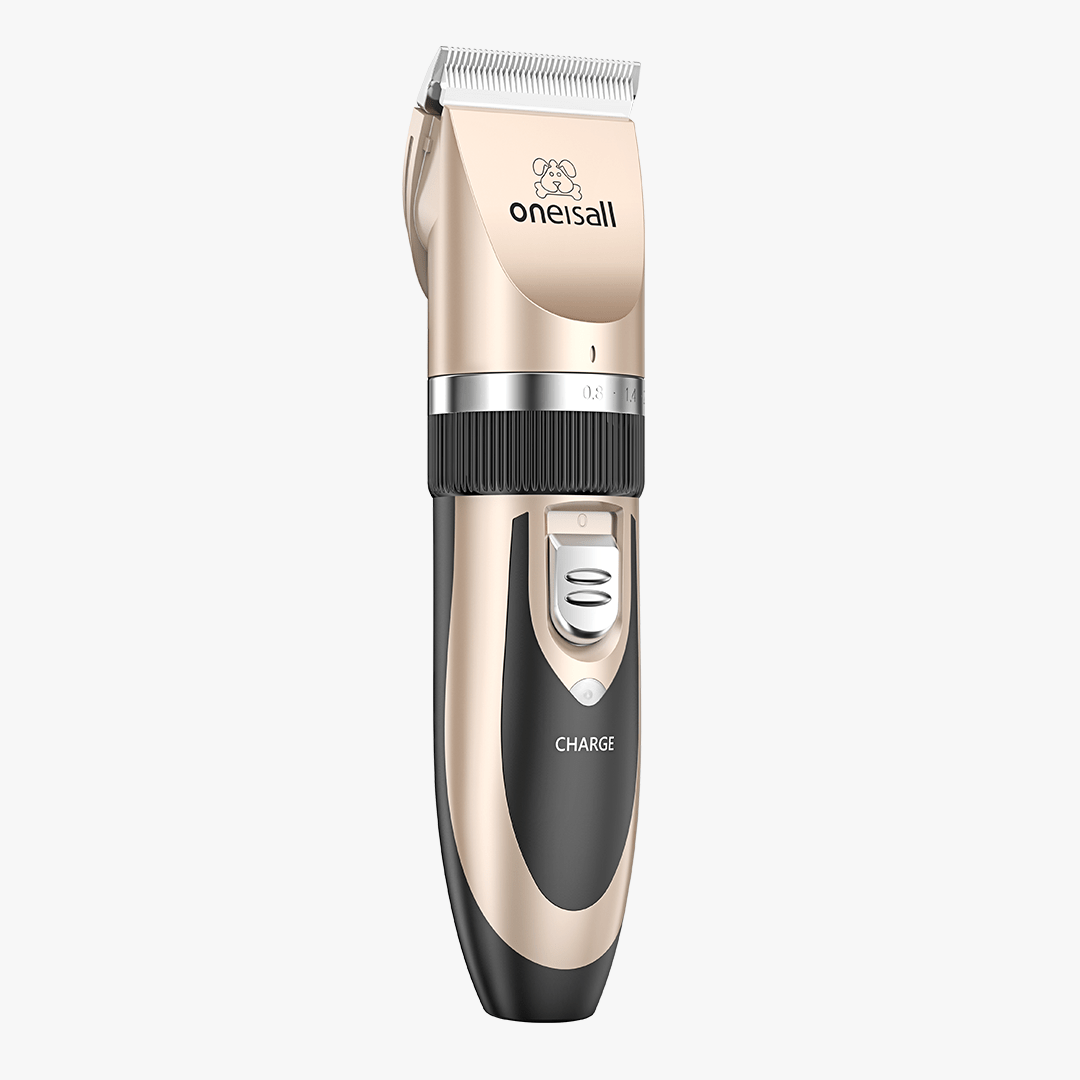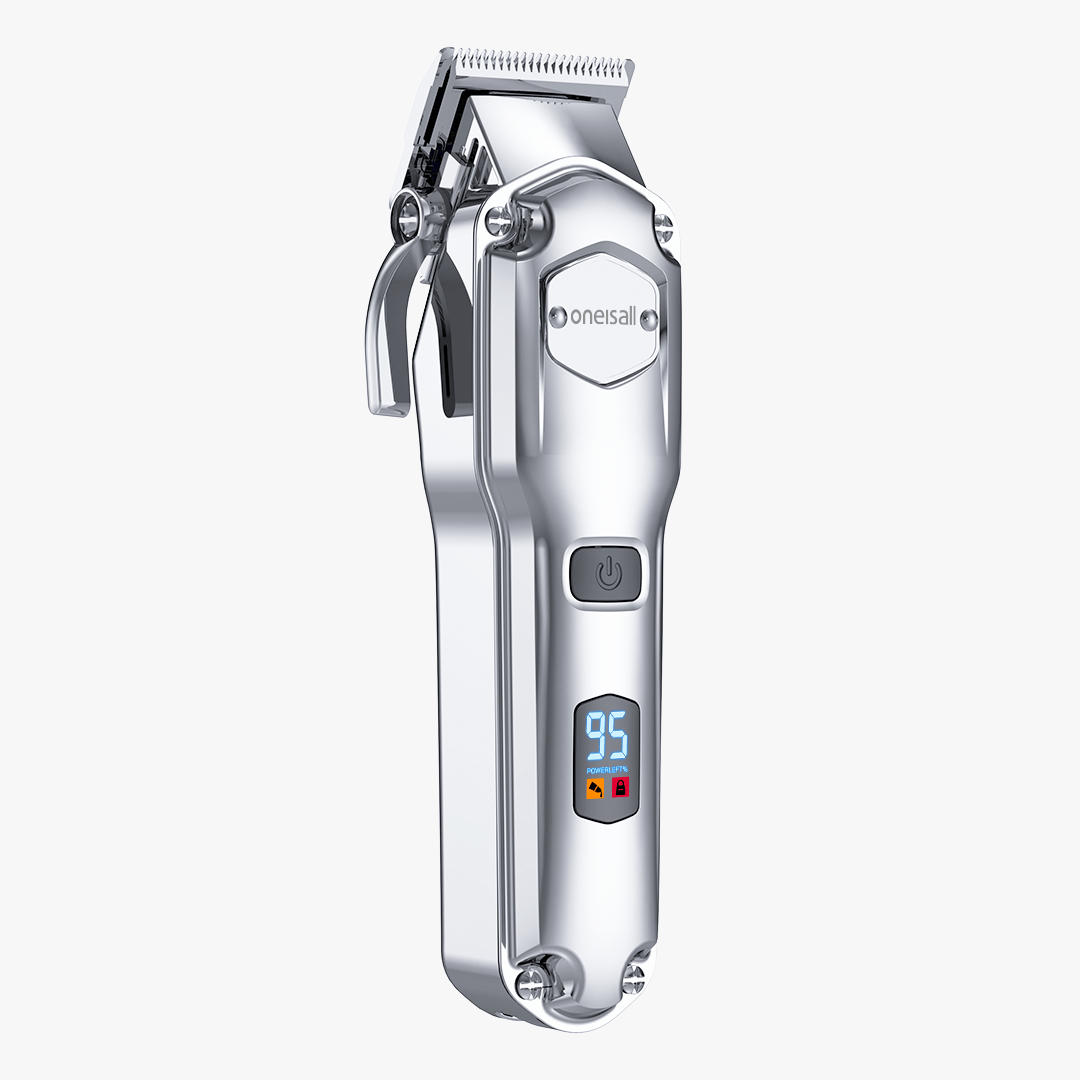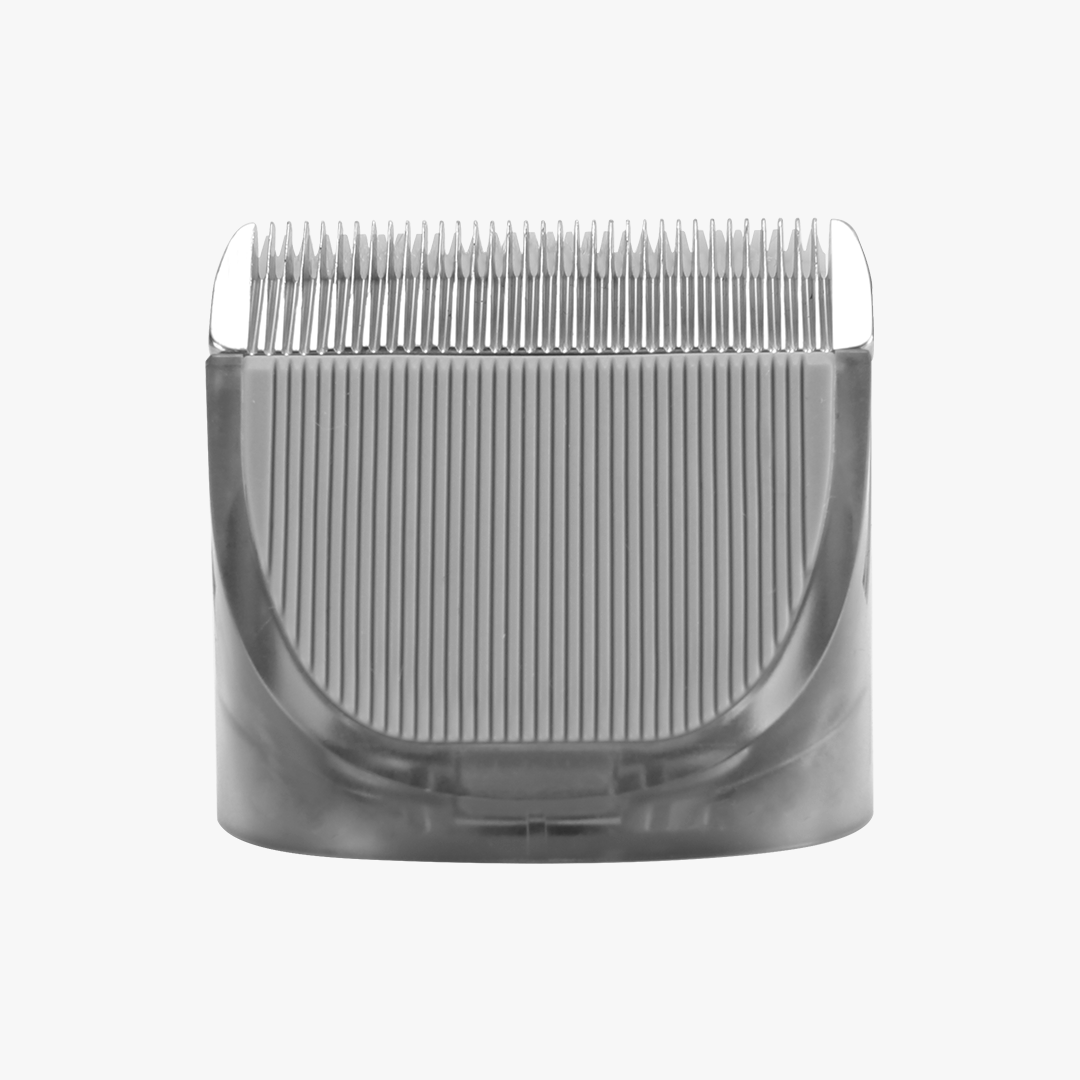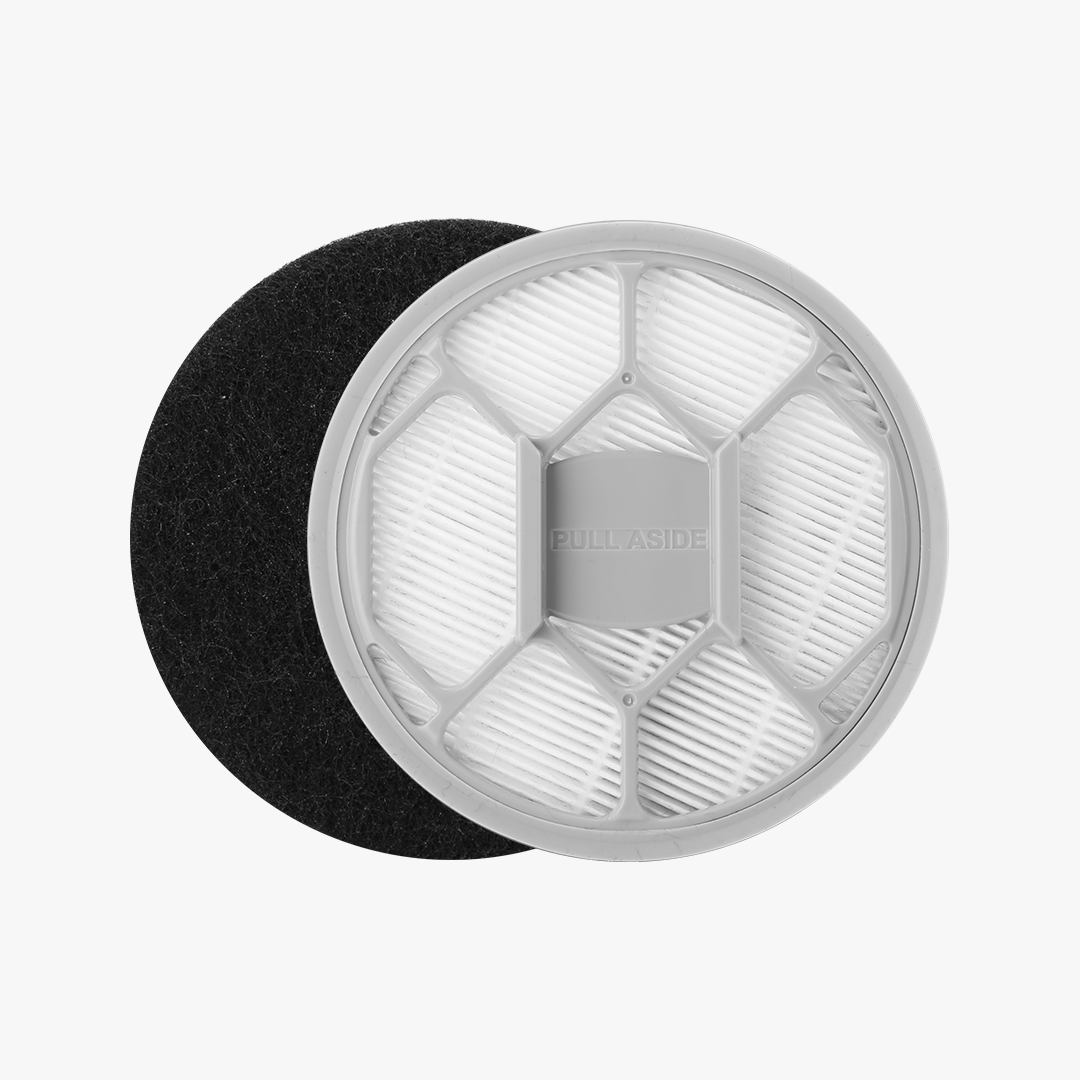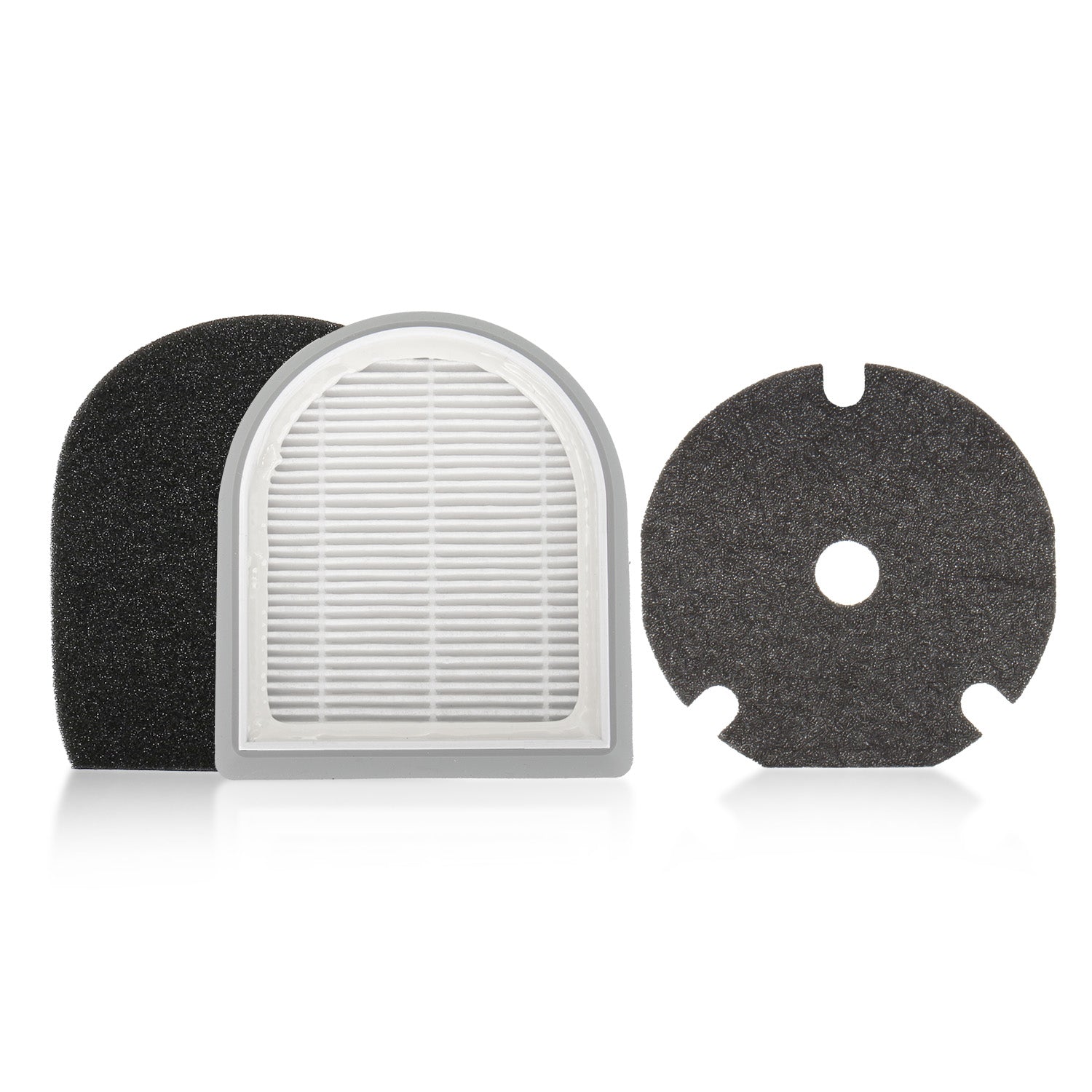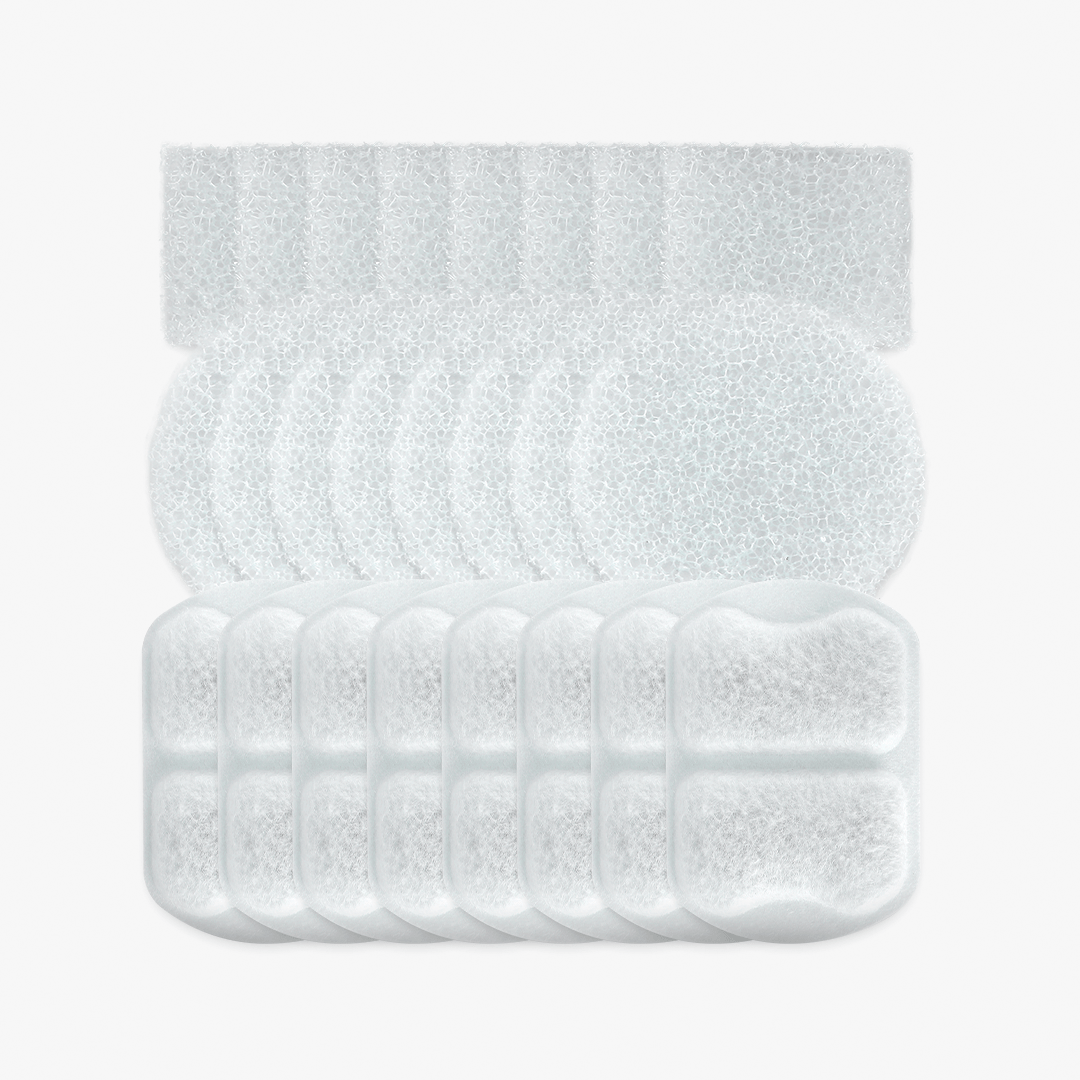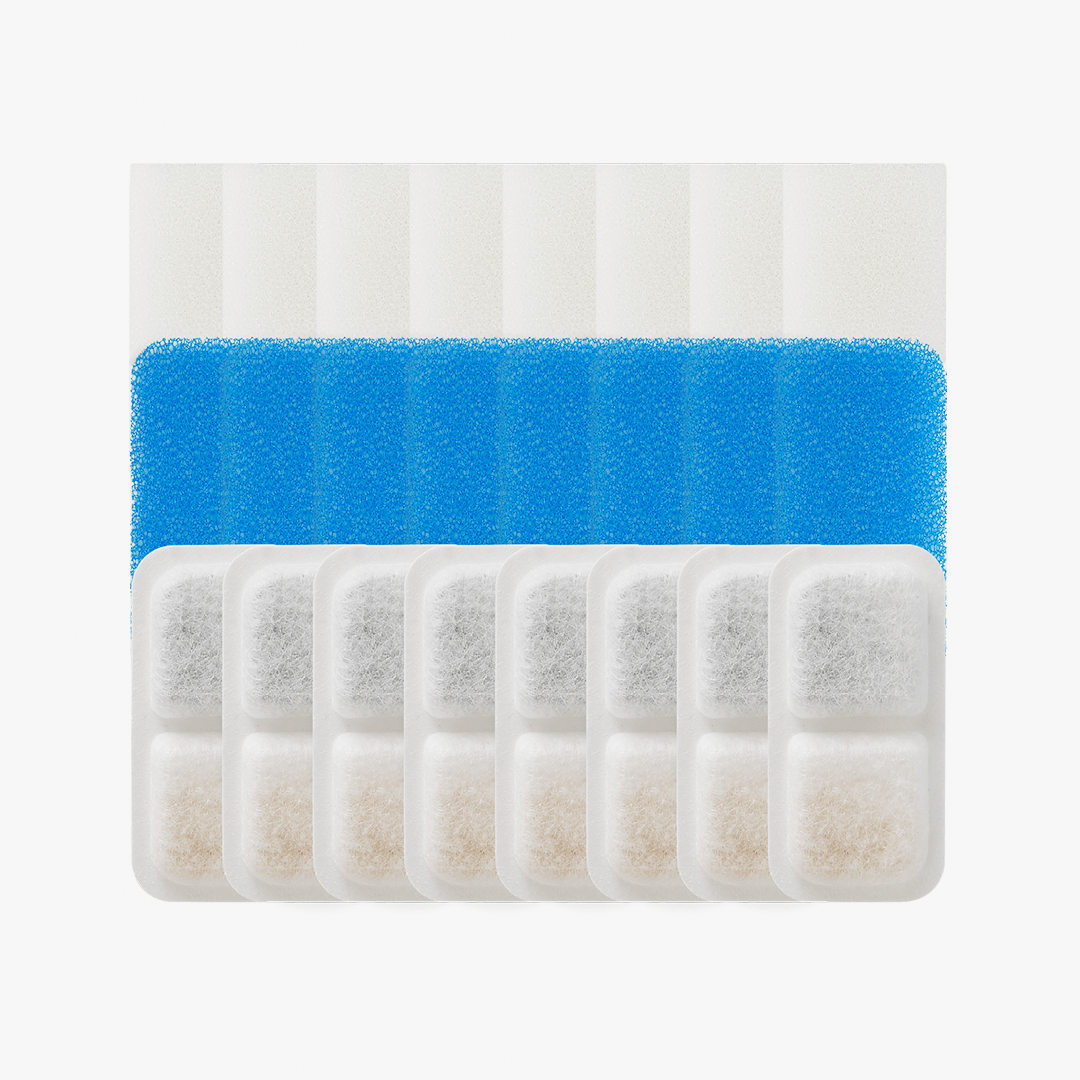Kitten Feeding Chart By Age: A Comprehensive Guide
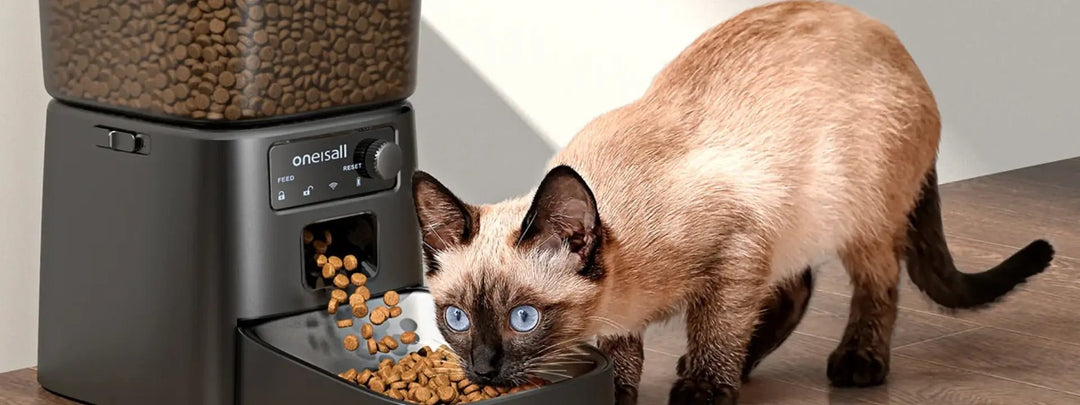
Kittens have specific dietary needs that change as they age, from the early days of milk dependency to solid food and, for some, a raw food diet. This article provides a clear, practical guide to feeding your kitten, covering the types of food, feeding frequency, optimal times, and the basics of a raw diet.
What To Feed A Kitten?
Kittens require a diet high in protein and fat to support rapid growth. Because of this, it’s best to use food specifically formulated for kittens. These contain essential nutrients like calcium, taurine, and DHA, which support bone, brain, and eye development. Here are types of food based on age.
Mother’s Milk or Kitten Formula (0-4 Weeks)
For newborn kittens, the best source of nutrition is their mother’s milk, which provides all the nutrients they need.
If a kitten is orphaned, feed them kitten formula using a bottle, ensuring the formula is designed for kittens. Avoid cow’s milk, as it lacks vital nutrients and can cause stomach upset.
Wet Food (4-8 Weeks)
As kittens begin to wean at around 4 weeks, introduce soft wet food. Mix wet food with formula initially to make it mushy and easier to lap up.
Gradually thicken the consistency by reducing the formula as the kitten grows and adapts to solid food.
Dry Food (8 Weeks+)
By 8 weeks, kittens can begin eating dry food. Start by mixing small amounts of water or formula to soften it, then gradually reduce the liquid. Make sure to choose a high-quality dry food designed for kittens, which will have the required protein and fat content for growth.
Cat owners looking to simplify mealtime can consider the Oneisall Automatic Pet Feeder, which helps manage portion control and feeding schedules effortlessly.
Designed with food safety in mind, the feeder includes a high-quality, BPA-free food reservoir and a 304 stainless steel bowl that prevents oil buildup and reduces the risk of chin acne. For added convenience, the stainless steel bowl is removable and washable, ensuring a more hygienic and healthy feeding experience for your cat.
Raw Food (6 Weeks+)
Some kitten owners opt for a raw diet, which can provide natural nutrients when carefully planned. A balanced raw diet for kittens includes muscle meat, organs, and bone, but it requires close monitoring and consultation with a vet to ensure all nutritional needs are met.

The Best Kitten Feeding Times
Creating a consistent feeding routine helps regulate a kitten’s digestion and provides a sense of security. Here’s a simple feeding schedule based on a kitten’s age:
|
Age |
Recommended Feeding Times |
|
0-4 Weeks |
Every 2-3 hours (no set schedule) |
|
4-8 Weeks |
Morning, midday, evening, before bed |
|
2-4 Months |
Morning, midday, evening |
|
4-12 Months |
Morning and evening |
Providing meals at consistent times encourages healthy digestion. For kittens older than 4 weeks, feed at roughly the same times each day, such as morning, midday, and evening. By 4-6 months, most kittens can adjust to a morning and evening schedule.
In this fast-paced era, frequent feeding of kittens is not realistic. To solve this problem, you can consider buying an automatic cat feeder.
The Oneisall Automatic Cat Feeder provides precise, scheduled feeding to effortlessly meet your cat's dietary needs. With 5G Wi-Fi and app control, pet owners can monitor and adjust feeding times remotely, ensuring convenience and flexibility.
By maintaining regular feeding schedules, this feeder helps reduce pet anxiety, supports better digestion, and promotes healthier eating habits.

How Much Raw Food To Feed Your Kitten?
For those interested in a raw diet, it’s need to calculate portions carefully and ensure balance. Typically, kittens eat about 5-10% of their body weight per day in raw food, spread across several meals.
|
Kitten Weight |
Daily Raw Food Amount |
|
1 pound |
0.5 - 1 ounce per meal |
|
3 pounds |
1 - 2 ounces per meal |
|
5 pounds |
2 - 3 ounces per meal |
Balance: A raw diet should consist of roughly 80% muscle meat, 10% bone, and 10% organs (like liver or kidney).
Monitor Growth: Adjust portion sizes based on the kitten’s weight and appetite. Consulting a vet can help fine-tune the raw diet as your kitten grows.
Safety Tips: Always handle raw food carefully. Freeze portions in advance, and only thaw what is needed for each meal to avoid bacterial contamination.
Benefits Of Raw Feeding For Kittens
Some pet owners choose a raw diet for the potential health benefits. Here are some of the reasons why:
Higher Nutrient Retention
Raw food retains natural nutrients like enzymes, which can be lost in the cooking process. This means a balanced raw diet may support a kitten’s health, energy, and development.
Improved Coat Health
Many owners report that raw-fed kittens have shinier coats and less shedding. The fatty acids in raw diets, especially omega-3 and omega-6, contribute to coat and skin health.
Better Dental Health
Chewing on soft raw bones may help reduce plaque buildup. However, ensure the bones are appropriate for a kitten’s small size to avoid choking.
Digestive Health
Some kittens may have fewer digestive issues on a raw diet due to the natural enzymes and fibers present in raw meat. However, this varies, so observe any changes in your kitten’s digestion when starting a raw diet.
Top Tips For Feeding Kittens Raw Food
Many pet owners are turning to raw diets, which can provide a variety of natural nutrients and flavors that mimic what cats would eat in the wild. However, you need to approach raw feeding with care to ensure your kitten gets the right blend of nutrients while avoiding potential health risks.
Related reading: How Do I Properly Feed My Pet?

Consult a Vet First
Always talk to a vet before beginning a raw diet. They can recommend proper nutrient ratios and ensure the diet is safe.
Start Slowly
When transitioning, mix a small amount of raw food with regular food, gradually increasing the portion of raw food. This helps the kitten’s digestion adapt.
Keep It Fresh
Freeze individual raw food portions and thaw only what you need for each meal. Dispose of any uneaten food after each meal to prevent spoilage.
Ensure Balanced Ingredients
Include a variety of proteins (e.g., chicken, turkey, rabbit) and organs in each meal. Adding supplements like fish oil and taurine powder can help provide missing nutrients.
Monitor Weight and Health
Regularly weigh your kitten to ensure they’re gaining weight consistently. Watch for any signs of malnutrition or digestive issues, and adjust portions as needed.
Rotate Proteins for Variety
To prevent allergies and ensure a balanced diet, rotate between different protein sources. Introduce new proteins slowly to avoid stomach upset.
Conclusion
A healthy diet provides the foundation for a strong, energetic kitten and sets them up for a long, happy life. Whether you feed your kitten commercial food or a raw diet, prioritize quality, balance, and regular vet check-ups to keep them thriving.
FAQs
1. Is It Better To Feed Cats Raw Or Cooked Meat?
It’s generally safer to feed cats cooked meat over raw. While raw meat mimics a cat’s natural diet, it carries risks of bacterial contamination that can affect both the cat and the people in the household.
Cooked meat, especially if prepared without seasoning, eliminates these risks and still provides valuable protein. If considering a raw diet, it’s essential to consult a vet to ensure balanced nutrition and manage any risks.
2. What Age Can You Feed A Kitten Raw?
Around 5 to 6 months of age. By this age, their immune systems are more developed, reducing the risk of infection from bacteria in raw meat.
Introducing raw food should be done gradually, with close monitoring for any signs of digestive upset or illness. Consult a veterinarian before starting a raw diet to ensure it meets the kitten’s nutritional needs safely.
3. What Is The Best Way To Feed Cats?
Provide a balanced diet of high-quality commercial cat food, ideally a mix of wet and dry formulas. Wet food helps maintain hydration, which is important for urinary health, while dry food supports dental health and offers convenience.
Supplementing with occasional fresh or lightly cooked meats can provide variety and extra protein, but always avoid seasonings and additives. Regular vet check-ins can help tailor the diet to a cat's age, health, and lifestyle, ensuring they receive complete nutrition.







